In a song of praise, David reminds us to meditate on God’s works.
“On your [my God and King] wondrous works, I will meditate” Psalm 145:5
Miraculous life is all around us. It is more fully realized when we step out to touch it and examine it. This study contributes to our knowledge of God.
“They [wondrous works] shall pour forth the fame of your abundant goodness and shall sing aloud of your righteousness. Psalm 145:7
Here are a few wonders that I noticed recently.
After a few failed attempts over the years to grow Rhubarb, we finally put a plant in a spot where it thrived. Last week I took a close look at the splitting buds. The leaves were preformed in a folded and compact form before being projected out of the protective covering of the bud. Apparently, this enables the plant to expose a large amount of leaf surface as soon it is warm enough to expose it.
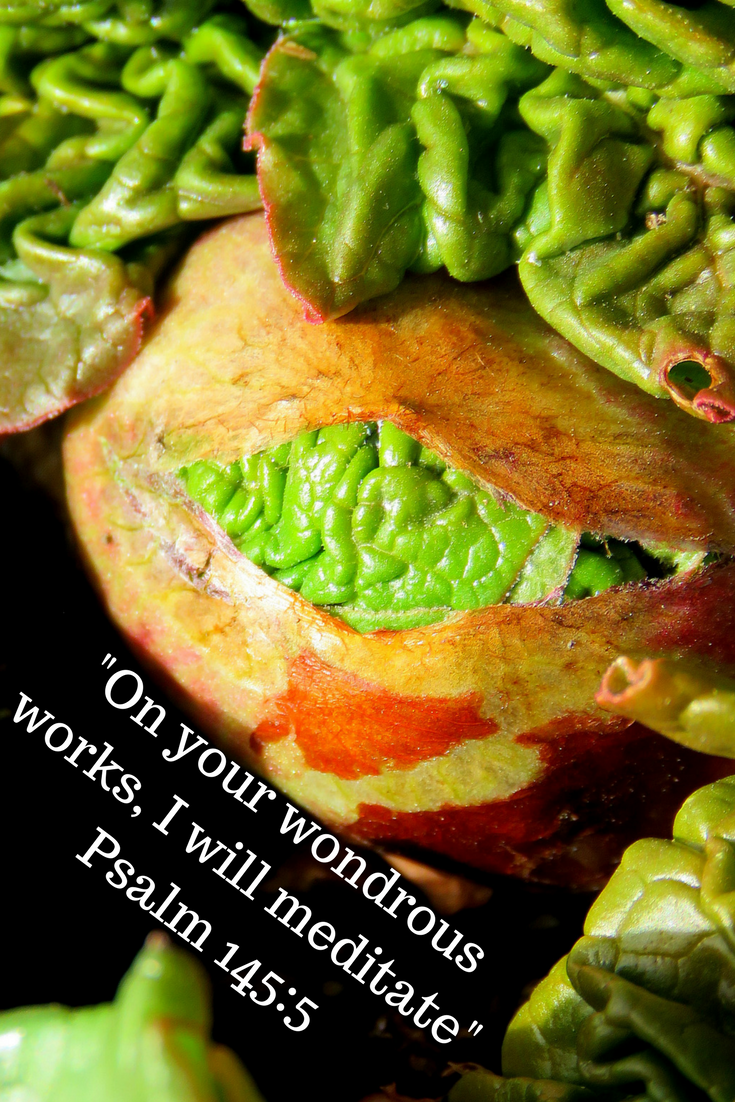
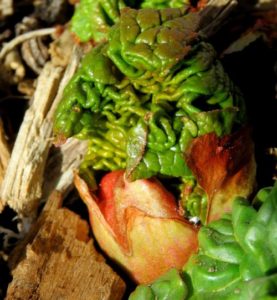
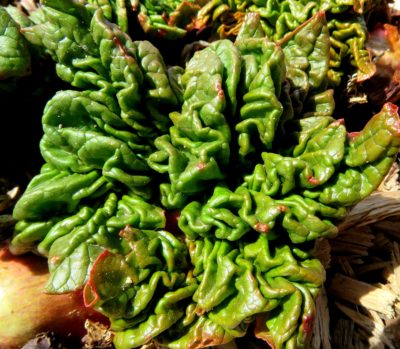
Another vegetable that is good to visit in the Spring is Asparagus. Tall green stems and leaves enrich the roots with nutrients in the summer. Over the winter the stems die, dry out and fall over. An interesting thing to notice is that seed pods (berries) remain on the stems of female plants and can be collected in the Spring.
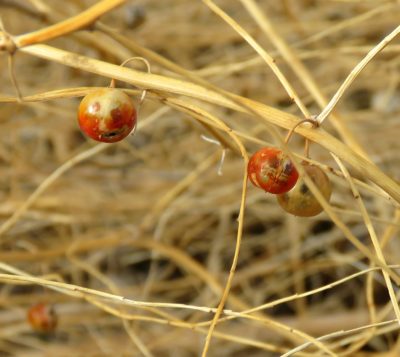
This is the first time that I brought them in the house and opened the pods to see the black seeds. I hope to get them started in pots and then transplant the plants to the garden this summer. In time we will have a great row of asparagus that will last 10-20 years.
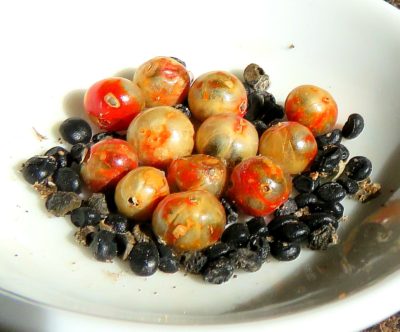
When the snow was done melting last week, I took advantage of the moist soil to incorporate wild flower seeds in open spots in a meadow. As I knelt down to work with the ground I was surprised to see grasshoppers, leaf hoppers and ladybugs. The Ladybug was on living sage, the plant that the hibernating Melissa Blue caterpillars needs to survive. I wouldn’t have noticed the tiny plant it if I had not taken the photo of the Ladybug.
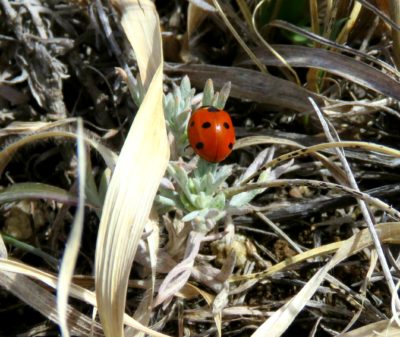
The grasshoppers around me were large but had small wings (possibly Redshanked grasshoppers). I knew grasshoppers hatched from eggs in the ground. However this is the first time that I saw a nymph with small wings. Nymphs molt about five times as they grow to become an adult with full-length wings. The large nymphs that I saw likely hatched last year and lived through the winter, ready to eat the first green plants of the Spring before they become adults. This would seem to be an easy time for birds like Meadowlarks to catch the insects, but as you can see, they are really well camouflaged.
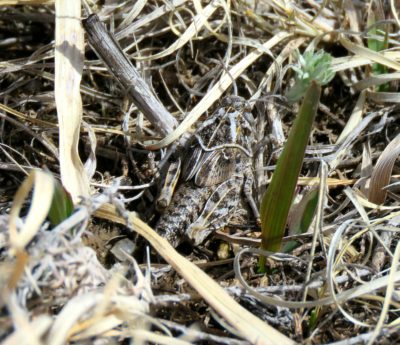
I am starting some Sun Sugar Tomato and Black Quinoa plants inside the house. Close examination of the plants helped me to see for the first time that they were covered with hairs and spots on the leaves and stems that help protect the plants (e.g., from insects, intense sunlight). I could not find information about the little gel-like spots on the quinoa plants, but expect that they release repulsive chemicals to insects when touched. These insights help us to appreciate the infinite knowledge of the Creator-God.
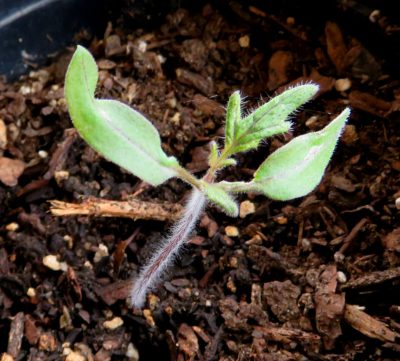
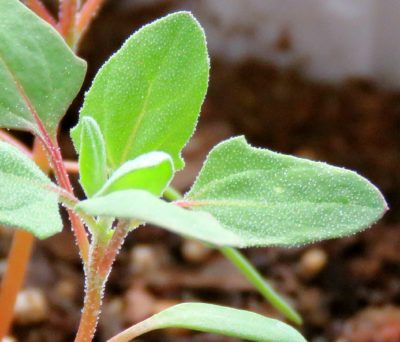
Yesterday we celebrated the resurrection of Jesus. During a walk in the woods with friends, I saw for the first time, a pair of white Pasque Flowers or “Easter Flowers.” The hairs on this plant help to insulate it as one of the earliest flowers to rise from the dead liter and bloom in the Spring.
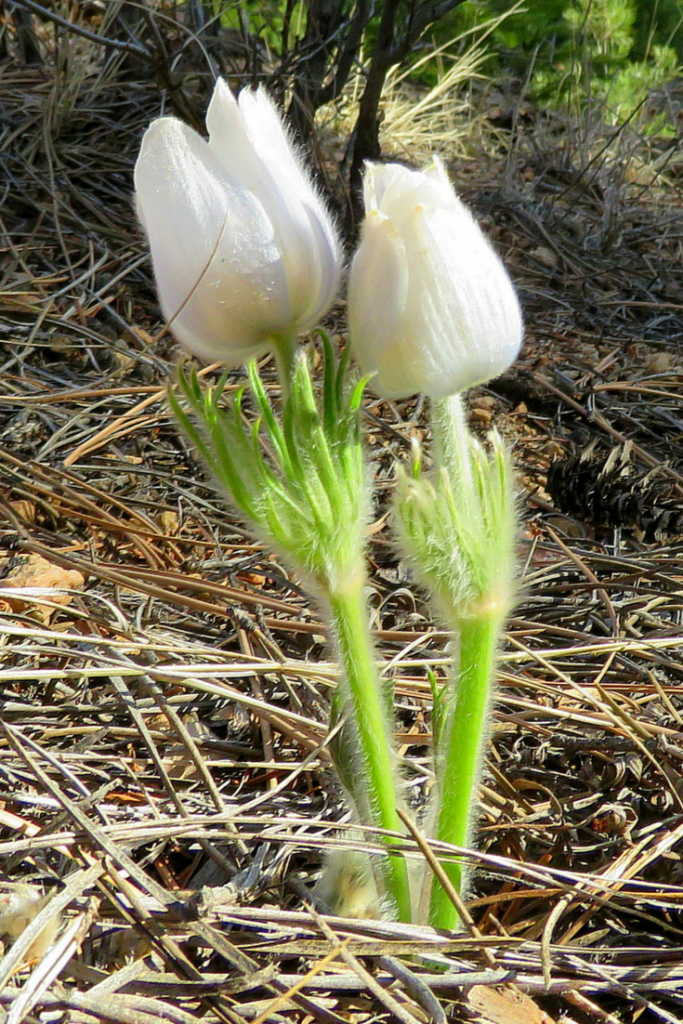
“Thus says the Lord who made the earth, the Lord who formed it to establish it—the Lord is his name: Call to me and I will answer you, and will tell you great and hidden things that you have not known.” Jeremiah 33:2-3
Lord God, Help us to see who you are in what you have made, even though we cannot see you. Truly, your goodness is abundantly displayed. Amen.
“Though you do not now see him, you believe in him and rejoice with joy that is inexpressible and filled with glory, obtaining the outcome of your faith, the salvation of your souls.” 1 Peter 1:8
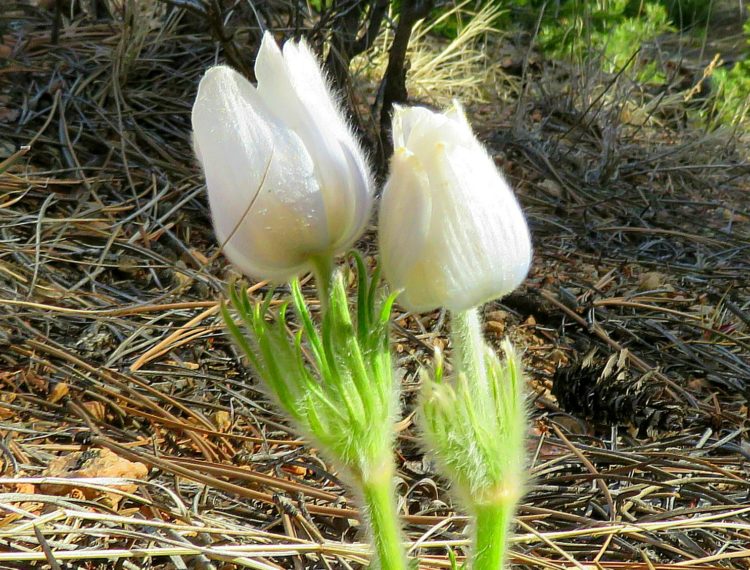
Really fascinating pictures and inspiring insights, Neal! Your posts have helped me pay closer attention to the world around me and to praise Him for His awesome creation. All glory to Him!